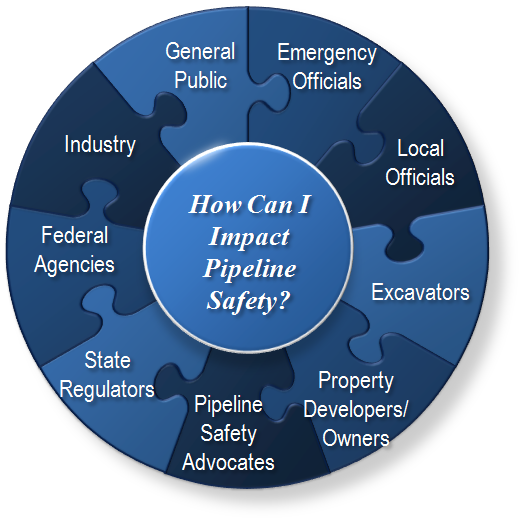Pipeline Toolbox Crack

The risk of injury in pipeline work is greater than other jobsites due to heavy equipment; suspended loads; terrain and jobsite conditions; inexperienced or untrained workers and pressure to “get the job done,” said Dan Macholan, General Manager of Caterpillar Global Pipeline Division. Caterpillar has drafted ten ways to ensure onsite safety: Perform a thorough Job Safety Analysis (JSA) - At the start of each shift, collectively identify and analyse the list of tasks to be performed that day. Record potential hazards involved and actions necessary to eliminate or reduce the risk of injury Use proper personal protective equipment (PPE) - Personal protective equipment includes any apparatus or garment intended to protect you from injury or illness. Maps counter strike 1.6. Eye and hearing protection, safety boots, gloves and hard hats should always be worn on pipeline jobsites Follow safe excavation procedures - Make the One Call before digging, verifying that all underground utilities are marked and their depths noted.

Before beginning work in an excavation, consider the hazards and ensure the competent person has inspected the trench for proper sloping or benching and the use of protective systems Safely operate heavy equipment - Equipment operators must read and understand the Operation and Maintenance Manuals (OMMs) of all equipment they operate on the jobsite. Before stepping into a machine, be sure you understand the operating controls, proper operation procedures and have assessed the operating conditions Be aware of walking and working surfaces - Slips, trips and falls are best avoided with good housekeeping. Keep walkways clear of tools (welding leads, extension cords, etc.) and debris; clean spills immediately; and, make it clear others are expected to do the same. Promote eye and back safety - Eye and back injuries are preventable with both the proper personal protective equipment and safe work practices. Choose eye and face protection based on the kinds of hazards you may encounter. Do not touch your eyes without thoroughly washing your hands first. Engage your mind before your hands - Protect your hands.
Pipeline Toolbox Overview Webinar This webinar will present an overview of the Pipeline Toolbox Software. The attendee will be introduced to the interface of the program, the location and navigation of the various software modules, how to create reports from those applications, and the access to the software help files.
On pipeline jobsites, most hand injuries result from unsafe work practices. Use caution and gloves appropriate for the job at hand.
Ensure hand and power tools are in proper working order - All hand and power tools – from hammers and pipe wrenches to pneumatic, electrical and hydraulic equipment – must be inspected before every use. Inspect all components for cracks, leaks, cuts or excessive wear. Follow safe pressure testing procedures - Inspect all equipment and materials required by the written test procedure, ensuring it is in safe working order and rated to withstand the test pressures. Clear the test area of unauthorised personnel. Understand and follow safe practices for material handling - When handling pipe or other heavy loads, proper load handling ensures the safety of everyone on the jobsite. Keep manufacturer’s load recommendations readily available and never load equipment beyond its capacity.
TTI Pipeline Toolbox 2016 verison 17.4.0 141.5 mb Technical Toolboxes Inc. (TTI), a leading global provider of integrated and cloud-based pipeline software, consulting and industry training for pipeline engineering and technical professionals, has released 17.4 version of Pipeline Toolbox (Edition for Liquid Service), is is the latest release of the popular integrated software package comes in three separate modules: Gas, Liquid and Enterprise. Pipeline Tools consist of the most comprehensive software tools on the market.
These engineering tools are designed for engineers and technicians who work with both gas and liquid/product pipelines and contain program and modules to increase the productivity and efficiency of the user by solving pipeline design, analysis, and maintenance and related engineering problems. Examples include pipeline design/maintenance, HDD simulation, AC mitigation, corrosion and subsea stability.